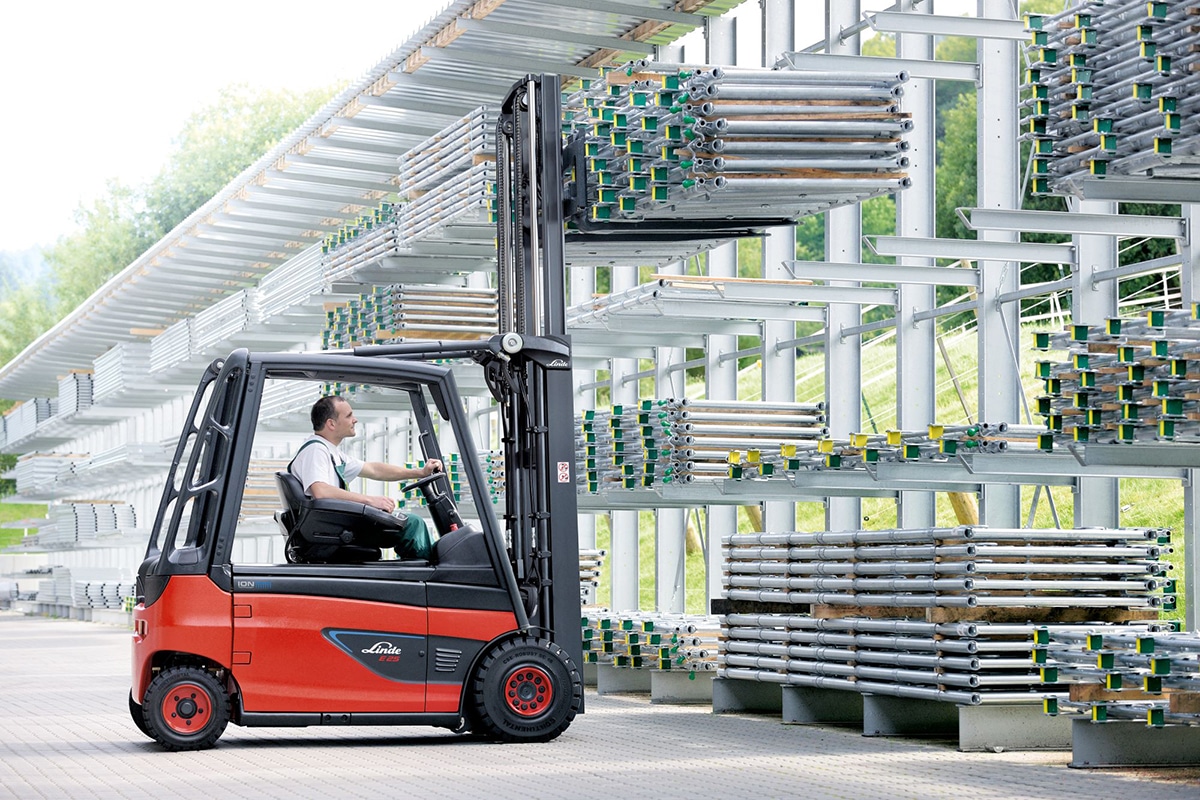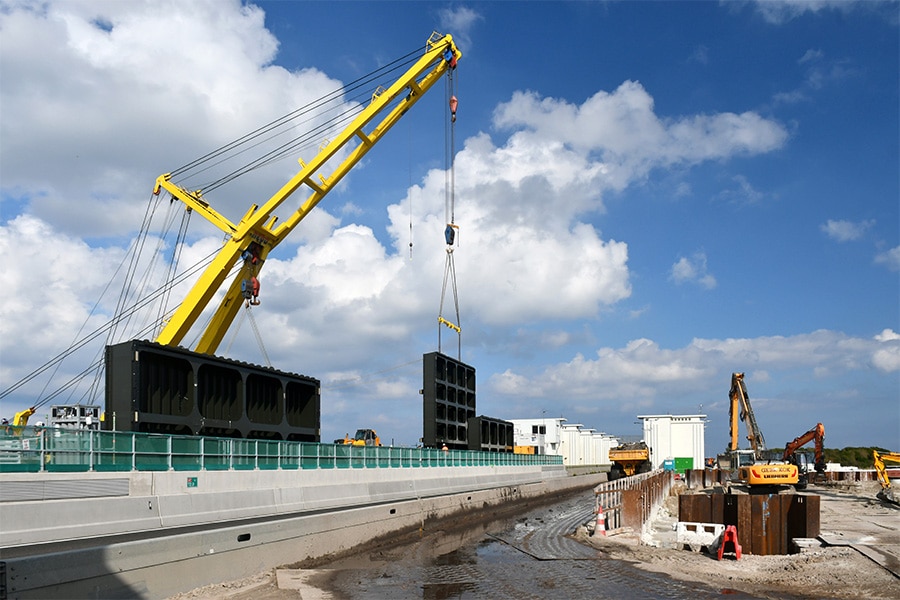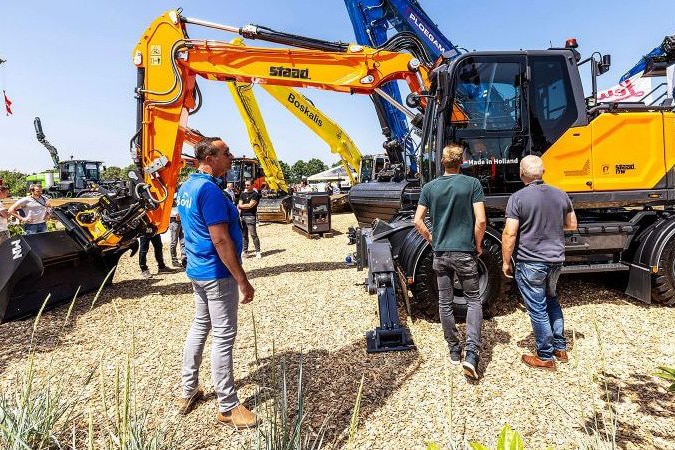
Rotterdamsebaan festively opened
During a festive broadcast from 3 p.m. to 4 p.m. on www.rotterdamsebaan.denhaag.nl the public can witness the opening live by Minister Cora van Nieuwenhuizen (Infrastructure and Water Management) and Alderman Anne Mulder (Urban Development). Feb. 12, the road will actually open to traffic.
The Rotterdamsebaan was constructed to ensure that The Hague and the Hague region remain easily accessible now and in the future. The new route offers a solution especially for traffic to or from Rotterdam, Delft and Ypenburg. The Victory Boogie Woogie Tunnel is currently the most sustainable tunnel in Europe, including 450 solar panels that provide energy for the control center and a system that captures particulate matter emissions from the tunnel at the tunnel exits.
Councilman Mulder: "What an asset for The Hague and the region! Better access to the city and a tunnel that leads the way in all aspects of safety and sustainability. Nice work!"
Traffic can distribute better
With this expansion of the roads around The Hague, there is more room for traffic. Traffic to and from the highways can distribute itself better and thus the pressure on the Utrechtsebaan will be less. So there will soon be fewer delays during rush hours.
Minister van Nieuwenhuizen: "This is a very busy part of the Netherlands. This new road will allow businesses and residential areas to grow and keep the region accessible. This is something we must continue to invest in. The Rotterdamsebaan is a combination of different interests: sustainable yet robust. This road is an example for the rest of the country."
Rotterdamsebaan open to traffic
After the festive broadcast, about another week is needed to open the road to traffic. During those days, the entire route will be checked and cleaned 1 more time, the tunnel operators will have time to familiarise themselves with their new working environment, the traffic lights at the Mercuriusweg-Binckhorstlaan intersection will be adjusted and, finally, the procedure to open the road will be completed.Route
The Rotterdamsebaan is 4 kilometers long and connects the A4/A13 freeways and the Center Ring of The Hague. The road runs from the Ypenburg interchange with a tunnel under Voorburg and ends at the Binckhorstlaan. There the road joins the Centrumring at Mercuriusweg. From Rijswijk or Ypenburg, you drive onto Rotterdamsebaan via Laan van Hoornwijck.
Partners
For the construction of the Rotterdamsebaan, the municipality of The Hague worked closely with the municipalities of Leidschendam-Voorburg and Rijswijk, Metropoolregio Den Haag Rotterdam, Rijkswaterstaat and Hoogheemraadschap van Delfland. The Rotterdamsebaan was built by the Combinatie Rotterdamsebaan, in which BAM Infra, BAM Wayss & Freytag Ingenieurbau and VolkerWessels companies Van Hattum en Blankevoort, Vialis and KWS are working together.
More information about the opening can be found at www.rotterdamsebaan.denhaag.nl.



